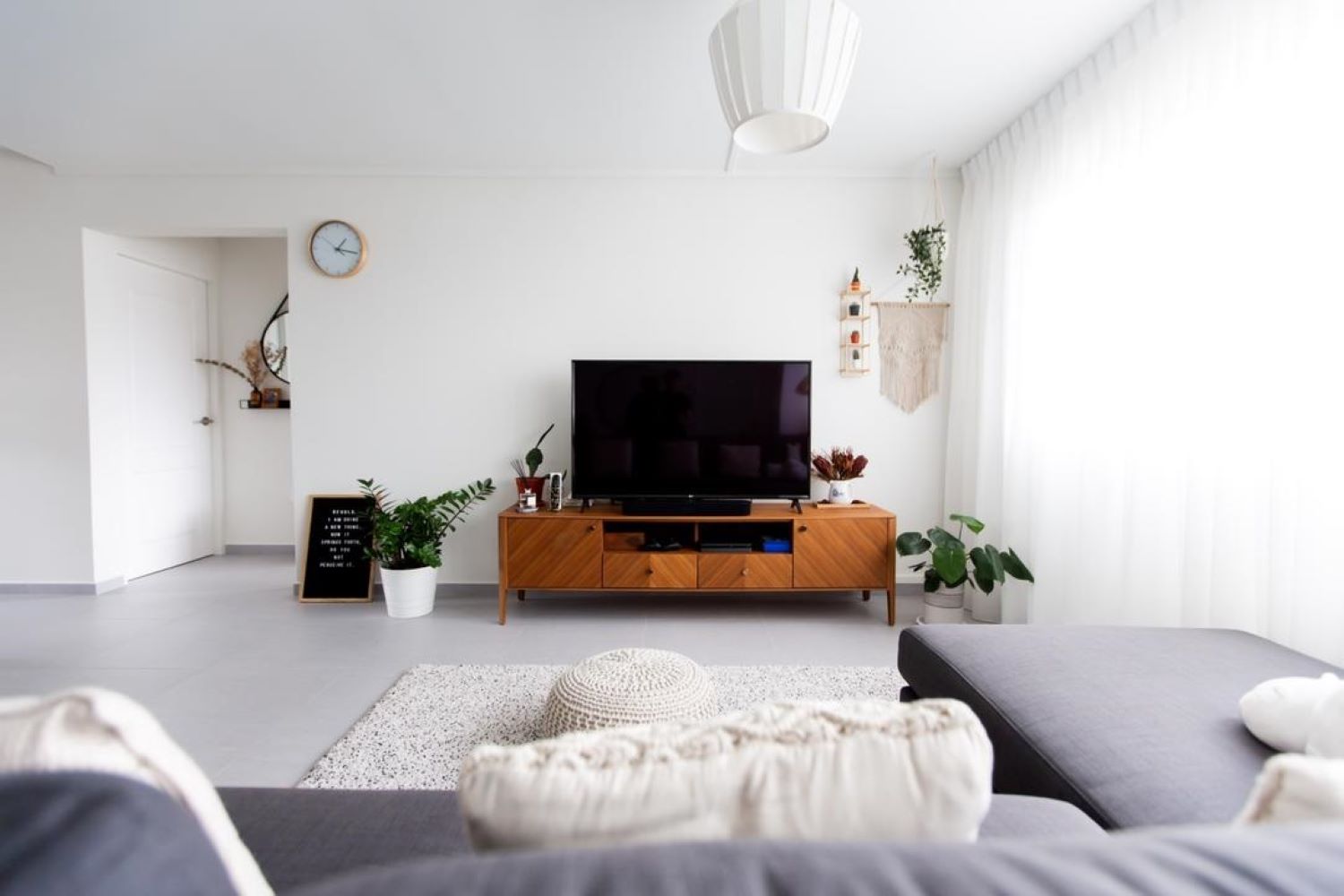

Articles
Expert Tips For A Well-Lit Home
Modified: January 5, 2024
Discover expert tips and articles to create a well-lit home. Illuminate your living spaces with our helpful advice and make your home shine!
(Many of the links in this article redirect to a specific reviewed product. Your purchase of these products through affiliate links helps to generate commission for Storables.com, at no extra cost. Learn more)
Introduction
Proper lighting is an essential element in creating a welcoming and functional home environment. It not only affects the mood and ambience of a space but also plays a crucial role in enhancing safety and productivity. Whether you are redesigning your living room or renovating your kitchen, understanding the basics of lighting is key to achieving a well-lit home.
In this article, we will provide expert tips and insights to help you navigate the world of lighting and create a home that is both aesthetically pleasing and practical. From selecting the right lighting fixtures to utilizing natural light and understanding bulb types, we will cover all the essential aspects to ensure your home is bathed in the perfect amount of light.
So, let’s dive in and discover the secrets to achieving a well-lit home that will not only enhance your daily life but also leave a lasting impression on visitors.
Key Takeaways:
- Expert Tips for a Well-Lit Home: Select the right fixtures, understand bulb types, utilize natural light, layer lighting, and avoid common mistakes to create a beautifully illuminated and functional living space.
- Achieve a Well-Lit Home: Embrace the art and science of lighting design by optimizing fixtures, understanding bulb types, harnessing natural light, layering lighting, and avoiding common pitfalls for a visually appealing and functional home environment.
Selecting the Right Lighting Fixtures
When it comes to lighting your home, choosing the right fixtures is crucial. Not only do they provide illumination, but they also contribute to the overall aesthetic of your space. Here are some expert tips to consider when selecting lighting fixtures:
- Consider the purpose: Firstly, think about the purpose of the lighting fixture. Is it for task lighting, ambient lighting, or accent lighting? Task lighting is focused lighting for specific activities like reading or cooking. Ambient lighting provides overall illumination to a room, while accent lighting is used to highlight specific objects or architectural features. Understanding the purpose will help you narrow down your options.
- Avoid mismatched styles: It’s important to maintain consistency in your lighting design. Choose fixtures that complement the overall style of your home. For example, if you have a modern interior, opt for sleek and minimalist fixtures, while traditional interiors benefit from classic and ornate designs.
- Consider the scale: The scale of the lighting fixture should be proportional to the size of the room. A small fixture in a large room may seem insignificant, while an oversized fixture in a small room can overpower the space. Consider the height, width, and overall dimensions of the fixture to ensure it fits harmoniously within the room.
- Pay attention to the material: Lighting fixtures come in various materials, such as metal, glass, or fabric. Consider the durability, functionality, and maintenance requirements of different materials. For example, metal fixtures are sturdy and easy to clean, while fabric shades provide a softer, diffused light.
- Think about flexibility: Opt for fixtures that offer flexibility in terms of adjustability and directionality. This allows you to customize the lighting according to your needs and preferences. Adjustable track lighting or swiveling wall sconces are great options for versatile lighting.
Remember, selecting the right lighting fixtures not only adds functionality but also contributes to the overall style and theme of your home. Take your time to research different options and consider consulting with a professional if needed to find the perfect fixtures for your space.
Understanding Bulb Types
Choosing the right bulb type is essential to achieve the desired lighting effect in your home. Here are some common types of bulbs and their characteristics:
- Incandescent bulbs: Incandescent bulbs are the traditional, inexpensive bulbs that produce light when an electric current passes through a filament. They emit a warm, soft light and are available in various shapes and sizes. However, they are not the most energy-efficient option and have a shorter lifespan compared to other bulb types.
- Halogen bulbs: Halogen bulbs are a type of incandescent bulb that uses a halogen gas to increase the lifespan and efficiency of the bulb. They emit a bright, white light and are commonly used for task lighting or accent lighting. Halogen bulbs have a longer lifespan than regular incandescent bulbs.
- Compact Fluorescent Lamps (CFLs): CFLs are energy-efficient bulbs that use up to 75% less energy than incandescent bulbs. They emit a bright, cool light and are available in various shapes and sizes. CFLs have a longer lifespan but take a few seconds to reach full brightness when turned on.
- Light Emitting Diodes (LEDs): LEDs are highly energy-efficient bulbs that consume up to 80% less energy than incandescent bulbs. They have a long lifespan and are available in a wide range of colors and brightness levels. LEDs are versatile and can be used for task lighting, ambient lighting, and even decorative lighting.
When selecting bulb types for your home, consider factors such as energy efficiency, lifespan, brightness, and color temperature. Energy-efficient bulbs like CFLs and LEDs are great options for reducing energy consumption and saving on electricity bills. Additionally, pay attention to the color temperature of the bulbs. Warmer temperatures (around 2700-3000 Kelvin) create a cozy and relaxed atmosphere, while cooler temperatures (around 5000-6500 Kelvin) provide a bright and energizing light.
Lastly, keep in mind that advancements in lighting technology have led to the development of smart bulbs that can be controlled wirelessly through smartphone apps or voice commands. These bulbs offer features like dimming, color changing, and scheduling, providing even more flexibility and customization options for your lighting design.
Understanding the different bulb types and their characteristics will help you make informed decisions when selecting lighting for your home, allowing you to create the perfect ambiance and meet your lighting needs efficiently.
Utilizing Natural Light
Natural light not only provides a beautiful and refreshing atmosphere but also offers various health benefits. Here are some expert tips on how to maximize natural light in your home:
- Optimize window placement: When designing or renovating your home, consider the placement of windows to allow for maximum natural light. South-facing windows tend to receive the most sunlight throughout the day, while east-facing windows offer gentle morning light. Positioning windows strategically can help flood your home with natural light.
- Choose window treatments wisely: Select window treatments that allow natural light to enter the room while still providing privacy and control over glare. Sheer curtains, blinds, or shades can be great options to diffuse sunlight and maintain privacy. Avoid heavy and dark curtain fabrics that obstruct light.
- Keep windows clean: Regularly clean your windows to remove dirt, grime, and fingerprints that can hinder the flow of natural light. Clean windows allow more light to enter your home and contribute to a brighter and more inviting space.
- Use reflective surfaces: Incorporate reflective surfaces, such as mirrors or glass accents, to bounce natural light around the room. Placing mirrors opposite windows or near light sources can help amplify the natural light and create a brighter, more spacious feel.
- Utilize light-colored paint: Opt for light-colored paint on walls, ceilings, and furniture to make the most of natural light. Light colors reflect light rather than absorb it, helping to brighten up the space and create an airy atmosphere.
In addition to the aesthetic benefits, utilizing natural light can also help reduce dependency on artificial lighting, ultimately leading to energy savings. It has been proven that exposure to natural light positively impacts mood, productivity, and overall well-being.
However, keep in mind that while natural light is desirable, excessive sunlight can also cause issues such as glare and heat. Consider using window treatments or shades that allow you to control the amount of light entering the room. This way, you can enjoy the benefits of natural light while minimizing any potential drawbacks.
By incorporating these strategies, you can harness the power of natural light to create a bright and inviting home that promotes both physical and emotional well-being.
Layering Light
Layering light is a fundamental principle in creating a well-lit and visually appealing home. By combining different lighting elements, you can achieve a balanced and versatile lighting design. Here are some expert tips on how to effectively layer light in your home:
- Ambient lighting: Ambient lighting provides overall illumination to a room and serves as the foundation for your lighting design. It can be achieved through recessed ceiling lights, chandeliers, or track lighting. This type of lighting creates a warm and welcoming atmosphere and ensures that the space is well-lit.
- Task lighting: Task lighting is focused lighting that illuminates specific areas where activities such as reading, cooking, or working take place. It can be accomplished with the use of desk lamps, under-cabinet lighting in the kitchen, or pendant lights above work spaces. Task lighting should be bright enough to prevent eye strain and provide adequate illumination for the task at hand.
- Accent lighting: Accent lighting is used to highlight specific objects, architectural features, or artwork in your home. It can be achieved through adjustable spotlights, wall sconces, or picture lights. Accent lighting adds depth and visual interest to a space, enhancing its overall aesthetic appeal.
- Decorative lighting: Decorative lighting serves as a focal point and adds a touch of personality to your home. It can be in the form of statement chandeliers, pendant lights, or decorative lamps. This type of lighting not only provides illumination but also acts as a decorative element, enhancing the visual appeal of the space.
The key to successful layering is to utilize a combination of these lighting elements to create depth and dimension in your home. For example, in a living room, you can have recessed ceiling lights as ambient lighting, a floor lamp for task lighting near a reading nook, wall sconces as accent lighting to highlight artwork, and a statement chandelier as decorative lighting to add a touch of elegance.
It is also important to consider the different color temperatures and intensities of the lighting fixtures you choose. Combine warm and cool lighting to create contrast and achieve the desired ambiance. Additionally, incorporating dimmers allows you to adjust the brightness of the different layers of light, providing flexibility and control over the atmosphere of your space.
By layering light, you can create a visually dynamic and functional environment that can be adjusted to suit different activities and moods. It adds depth, enhances the overall aesthetic, and transforms your home into a well-lit haven.
Consider using LED light bulbs throughout your home for energy efficiency and long-lasting, bright light. LEDs use less energy and can last up to 25 times longer than traditional incandescent bulbs.
Read more: How Well Does Home Defense Work On Roaches
Proper Placement of Lighting Fixtures
Proper placement of lighting fixtures is essential to ensure that your home is well-lit and visually appealing. Here are some expert tips on how to strategically place lighting fixtures:
- Ambient lighting: For ambient lighting, consider evenly distributing fixtures throughout the space to provide a uniform level of illumination. Recessed ceiling lights or track lighting can be installed at regular intervals to achieve this. Be mindful of the height of the fixtures and the ceiling height to ensure optimal coverage.
- Task lighting: Task lighting fixtures should be positioned to effectively illuminate the specific area where the task is performed. For example, in the kitchen, under-cabinet lighting should be installed to provide focused illumination on the countertop. In a study or work area, a desk lamp should be placed to direct light onto the workspace without producing glare. Consider the size and configuration of the task area when determining the placement of these fixtures.
- Accent lighting: Accent lighting fixtures should be strategically placed to highlight the desired objects or features. For artwork, wall sconces or track lighting can be positioned to direct the light onto the artwork at a slight angle to minimize glare. In the case of architectural features like open shelving or a fireplace, recessed lights can be used to create a dramatic effect. Experiment with different angles and positions to achieve the desired look.
- Decorative lighting: When it comes to decorative lighting fixtures, placement is crucial to make them a focal point in the room. Chandeliers are often placed in the center of a room or above a dining table to create a stunning visual impact. Pendant lights can be hung above kitchen islands or in clusters to add style and functionality. Consider the size and scale of the fixtures in relation to the space to ensure they make a bold statement without overwhelming the room.
In addition to placement, it is important to consider the height at which the fixtures are installed. For ambient lighting, fixtures should generally be mounted close to the ceiling to provide even and wide illumination. Task lighting fixtures should be positioned at a height that allows for adequate lighting without causing shadows or glare on the work surface. Accent and decorative lighting fixtures can be hung at various heights depending on the desired effect and visual impact.
When arranging multiple lighting fixtures in a room, aim for a balanced and cohesive look. Consider the overall layout and flow of the space, and ensure that the distribution of fixtures creates a harmonious lighting scheme. It’s also important to consult with a professional or rely on lighting design principles to ensure optimal placement and functionality.
By carefully considering the placement of lighting fixtures in your home, you can create a well-lit and visually appealing space that enhances both its functionality and aesthetic appeal.
Choosing the Right Light Temperature
Light temperature, typically measured in Kelvin (K), refers to the perceived warmth or coolness of a light source. Choosing the right light temperature is important as it can greatly influence the mood and ambiance of a space. Here are some expert tips to help you select the appropriate light temperature for different areas of your home:
- Warm light (2700-3000K): Warm light creates a cozy and inviting atmosphere and is often associated with traditional or rustic interiors. It mimics the warm glow of candlelight or incandescent bulbs. Warm light is ideal for areas where you want to relax and unwind, such as bedrooms, living rooms, and dining rooms.
- Neutral light (3500-4100K): Neutral light falls in the middle of the light temperature spectrum and offers a balanced and natural light color. It is often used in offices, kitchens, and workspaces as it promotes focus and productivity. Neutral light is also suitable for areas where accurate color representation is important, such as bathrooms and dressing rooms.
- Cool light (5000-6500K): Cool light emits a bright and energizing light similar to daylight. It is often used in task-oriented areas such as kitchens, workshops, and garages. Cool light is also beneficial for areas where you need to see colors accurately, such as artists’ studios or display areas.
Consider the purpose and function of the space when selecting light temperatures. Bedrooms and living rooms typically benefit from warm light, as it creates a relaxing and intimate atmosphere. In contrast, areas where you need to focus or perform tasks, such as home offices or kitchens, require cooler or neutral light to promote productivity and clarity.
It is worth noting that the color temperature of lighting can affect the perception of the colors in a room. Warmer light temperatures tend to enhance warm tones like reds and yellows, while cooler light temperatures highlight cool tones like blues and greens. Consider the color scheme and decor of the room when deciding on the light temperature to ensure a harmonious and visually pleasing result.
Additionally, advancements in lighting technology have allowed for the introduction of tunable white bulbs. These bulbs offer the flexibility to adjust the light temperature according to your needs and preferences. They allow you to switch between warm, neutral, and cool light temperatures to create different moods and adapt to various activities throughout the day.
By carefully selecting the right light temperature for each area of your home, you can create the desired ambiance and enhance the functionality and aesthetics of the space.
Using Dimmers and Smart Lighting Systems
Dimmers and smart lighting systems offer convenient and flexible ways to control and customize the lighting in your home. They provide the ability to adjust the brightness and create different lighting scenes to suit various activities and moods. Here are some expert tips on using dimmers and smart lighting systems:
- Dimmers: Installing dimmer switches allows you to easily adjust the brightness of your lights. Dimmers are ideal for creating a soft and ambient atmosphere for relaxation, entertaining, or watching movies. They can also help save energy by reducing the brightness when full illumination is not required. Dimmers are especially useful in bedrooms, dining areas, and living rooms.
- Smart lighting systems: Smart lighting systems utilize technology to control and automate your lighting. These systems typically include smart bulbs, wireless controls, and smartphone apps. Here are some benefits of smart lighting systems:
- Remote access: You can control your lights from anywhere using your smartphone or voice commands, even when you’re away from home. This enhances security and allows you to create the illusion of occupancy.
- Scheduling and automation: Set up schedules to automatically turn lights on or off at specific times, creating a convenient and energy-efficient lighting system. You can also program lighting scenes for different activities or events.
- Customization and personalization: Adjust the brightness, color, and light temperature of your smart bulbs to create personalized lighting scenes. Choose from an array of colors and lighting effects to match your desired ambiance.
- Integration with smart home devices: Smart lighting systems can be integrated with other smart home devices such as voice assistants, motion sensors, or thermostats. This allows for seamless automation and coordination of various functions within your home.
Whether you choose dimmers or smart lighting systems, these technologies provide convenient and energy-efficient ways to control and enhance your home lighting. They give you the ability to adapt the lighting to your needs and preferences with just a few taps or voice commands.
Before investing in dimmers or smart lighting systems, consider the compatibility with your existing lighting fixtures and wiring. It may be advisable to consult with an electrician or professional installer to ensure proper installation and compatibility.
By incorporating dimmers or smart lighting systems in your home, you gain the flexibility to create the perfect ambiance, save energy, and enjoy the benefits of modern lighting control technology.
Avoiding Common Lighting Mistakes
Proper lighting is crucial to the functionality and aesthetics of your home. However, there are some common mistakes that homeowners often make when it comes to lighting. By being aware of these mistakes, you can avoid them and create a well-lit and visually appealing space. Here are some expert tips on avoiding common lighting mistakes:
- Insufficient lighting: One of the most common mistakes is not having enough lighting in a room. Insufficient lighting can make a space feel dark, cramped, and uninviting. To avoid this, incorporate multiple light sources such as ceiling lights, task lights, and ambient lights to ensure proper illumination throughout the room.
- Using only overhead lighting: Relying solely on overhead lighting can create harsh and unflattering shadows. It’s important to layer your lighting and incorporate different types of fixtures for a more well-rounded and balanced lighting design.
- Mismatched fixtures: Using mismatched fixtures can disrupt the overall aesthetic of a room. To create a cohesive look, select lighting fixtures that complement each other in terms of style, size, and finish. A consistent design approach throughout your home will bring harmony to your lighting scheme.
- Neglecting lighting control: Lack of lighting control can result in a space that is either too bright or too dim. Incorporating dimmers, timers, or smart lighting systems allows you to adjust the brightness and create different lighting scenes to suit various activities and moods.
- Improper placement: Incorrectly placing lighting fixtures can create unbalanced lighting and accentuate imperfections in a room. Ensure that fixtures are positioned to provide adequate illumination for specific tasks and highlight the desired areas or objects.
- Ignoring the color temperature: Neglecting to consider the color temperature of light bulbs can result in a mismatched and unappealing ambiance. Pay attention to the warmth or coolness of the light to create the desired mood and complement the color scheme of the room.
- Overlooking energy efficiency: Failing to optimize energy efficiency can lead to higher electricity bills and increased environmental impact. Consider using energy-efficient bulbs, such as LEDs or CFLs, and incorporate lighting controls to minimize energy consumption.
By avoiding these common mistakes, you can ensure that your home lighting is functional, aesthetically pleasing, and energy-efficient. It’s important to take the time to plan your lighting design and consult with professionals if needed to ensure optimal results.
Remember, lighting plays a significant role in enhancing the ambiance, functionality, and overall design of your home. By avoiding these common pitfalls, you can create a well-lit space that is both visually appealing and perfectly suited to your needs.
Conclusion
Creating a well-lit home is a blend of art and science. By understanding the principles of lighting design and implementing expert tips, you can transform your home into a beautifully illuminated space that meets both your functional and aesthetic needs.
Start by selecting the right lighting fixtures that are appropriate for the purpose and style of each area in your home. Consider the scale, material, and flexibility of the fixtures to ensure they fit seamlessly into your design scheme.
Understanding the different types of bulbs and their characteristics is crucial in achieving the desired lighting effect. Pay attention to energy efficiency, lifespan, brightness, and color temperature when selecting bulbs for different areas of your home.
Take advantage of natural light by optimizing window placement, using light-colored paint, and incorporating reflective surfaces. Natural light not only enhances the beauty of your space but also contributes to your well-being.
Layering light is the key to a well-balanced and versatile lighting design. Combine ambient, task, accent, and decorative lighting to create depth and dimension in your home. Consider the use of dimmers and smart lighting systems to further customize and control the lighting to suit different activities and moods.
Proper placement of lighting fixtures ensures optimal illumination and visual appeal. Be mindful of the purpose of the fixtures and the layout of the room to create a harmonious lighting scheme.
Lastly, avoid common lighting mistakes such as insufficient lighting, mismatched fixtures, improper placement, and neglecting energy efficiency. By being aware of these errors, you can achieve a well-lit home that is functional, aesthetically pleasing, and energy-efficient.
Incorporating these expert tips into your lighting design will undoubtedly enhance the overall atmosphere and functionality of your home. So, let your creativity shine and embrace the power of light to transform your living spaces into inviting and well-lit sanctuaries.
Frequently Asked Questions about Expert Tips For A Well-Lit Home
Was this page helpful?
At Storables.com, we guarantee accurate and reliable information. Our content, validated by Expert Board Contributors, is crafted following stringent Editorial Policies. We're committed to providing you with well-researched, expert-backed insights for all your informational needs.
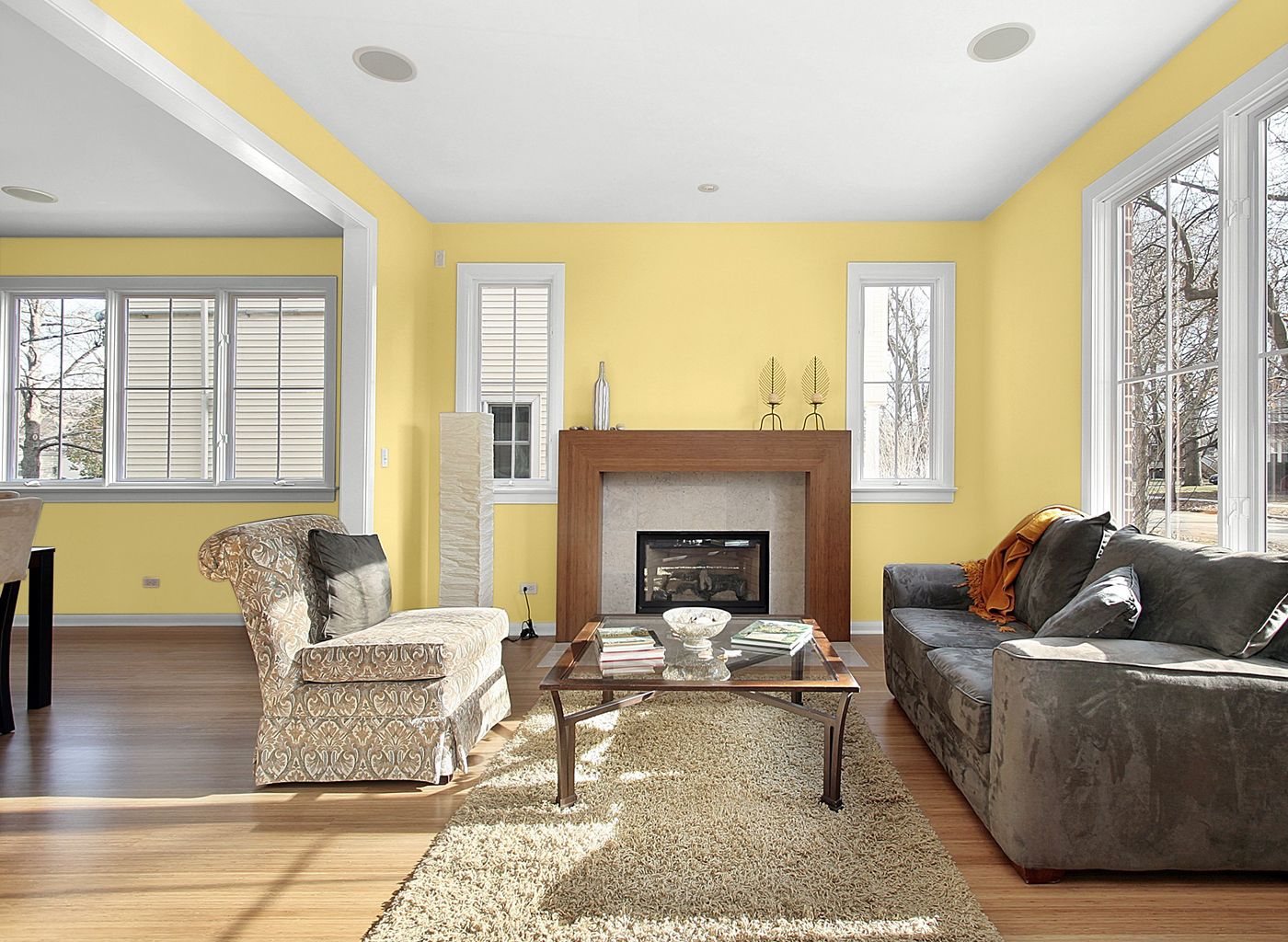

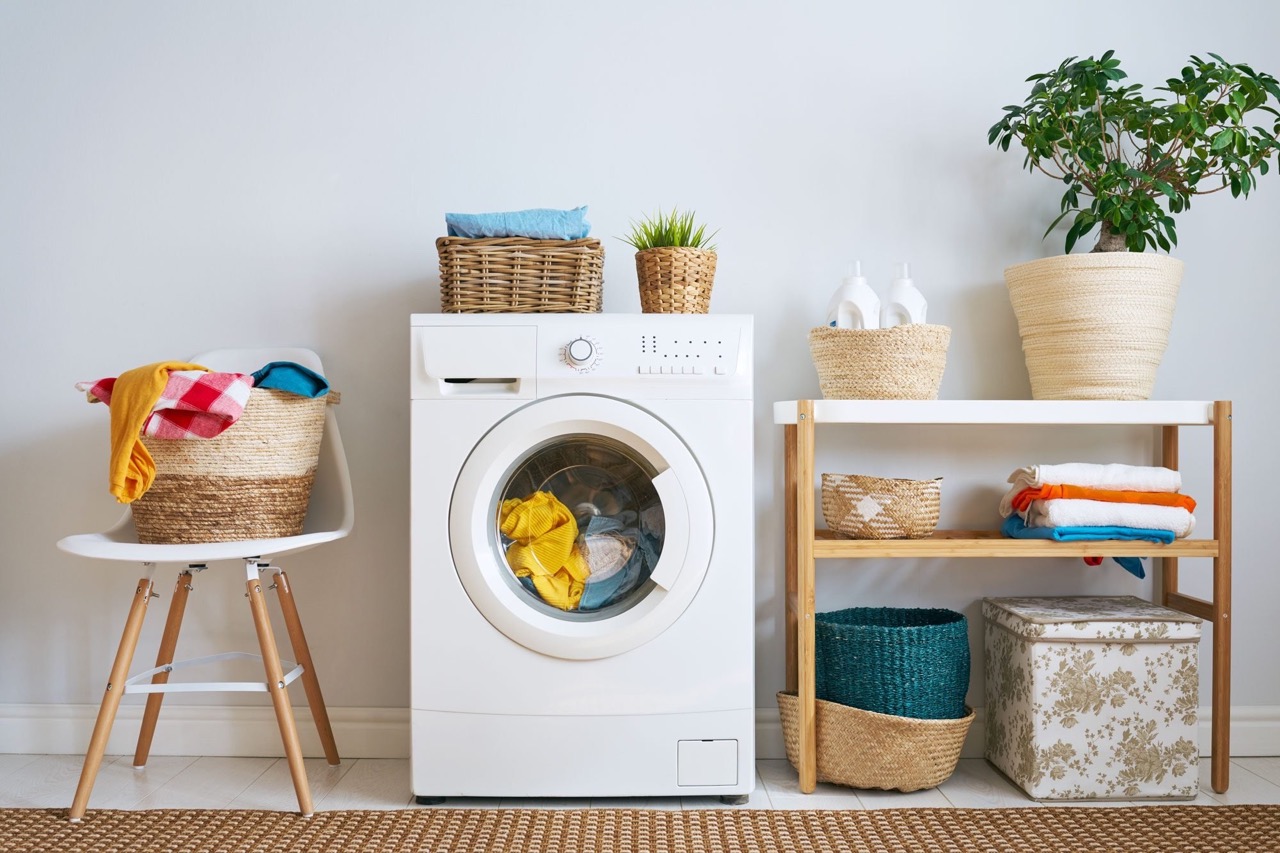


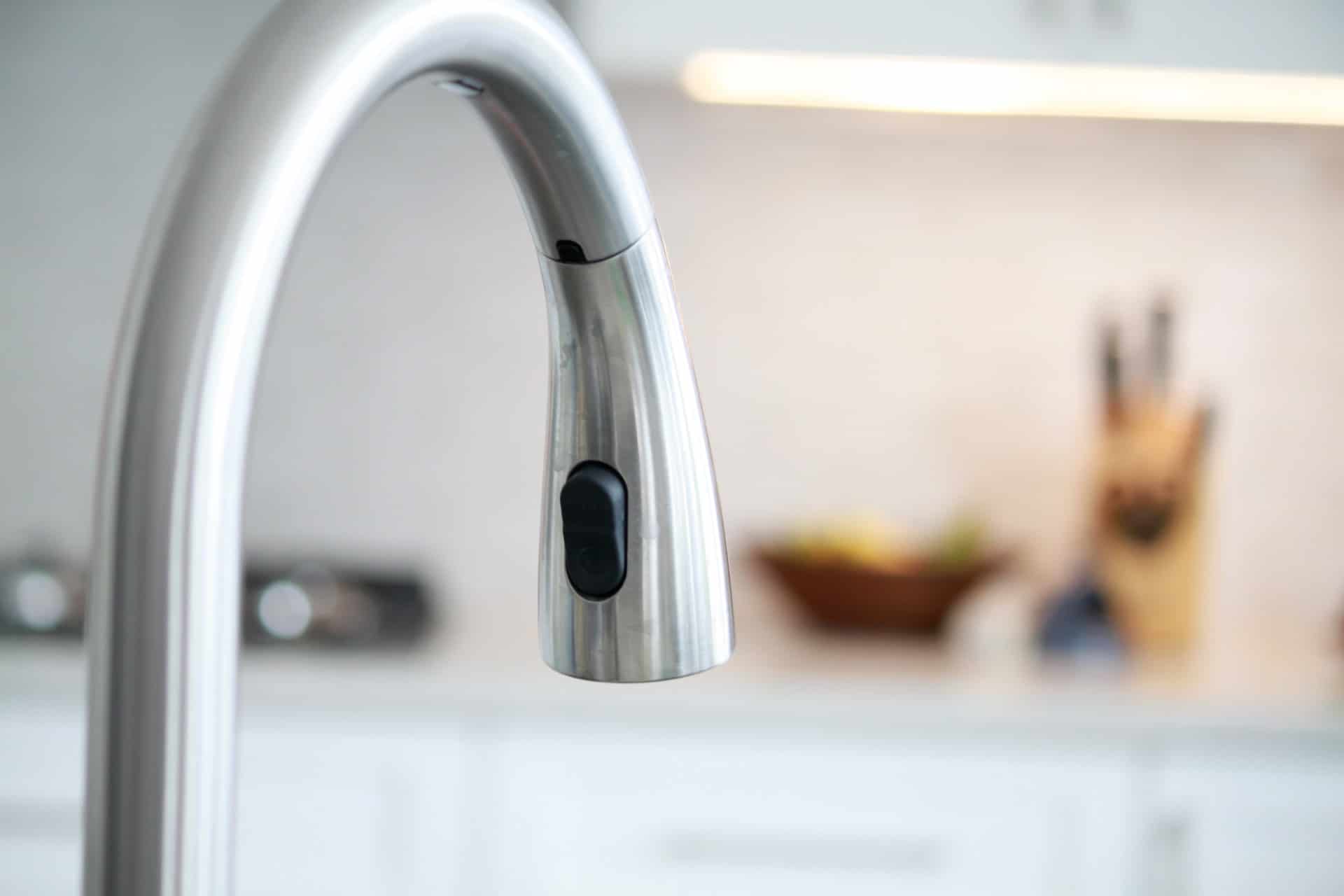
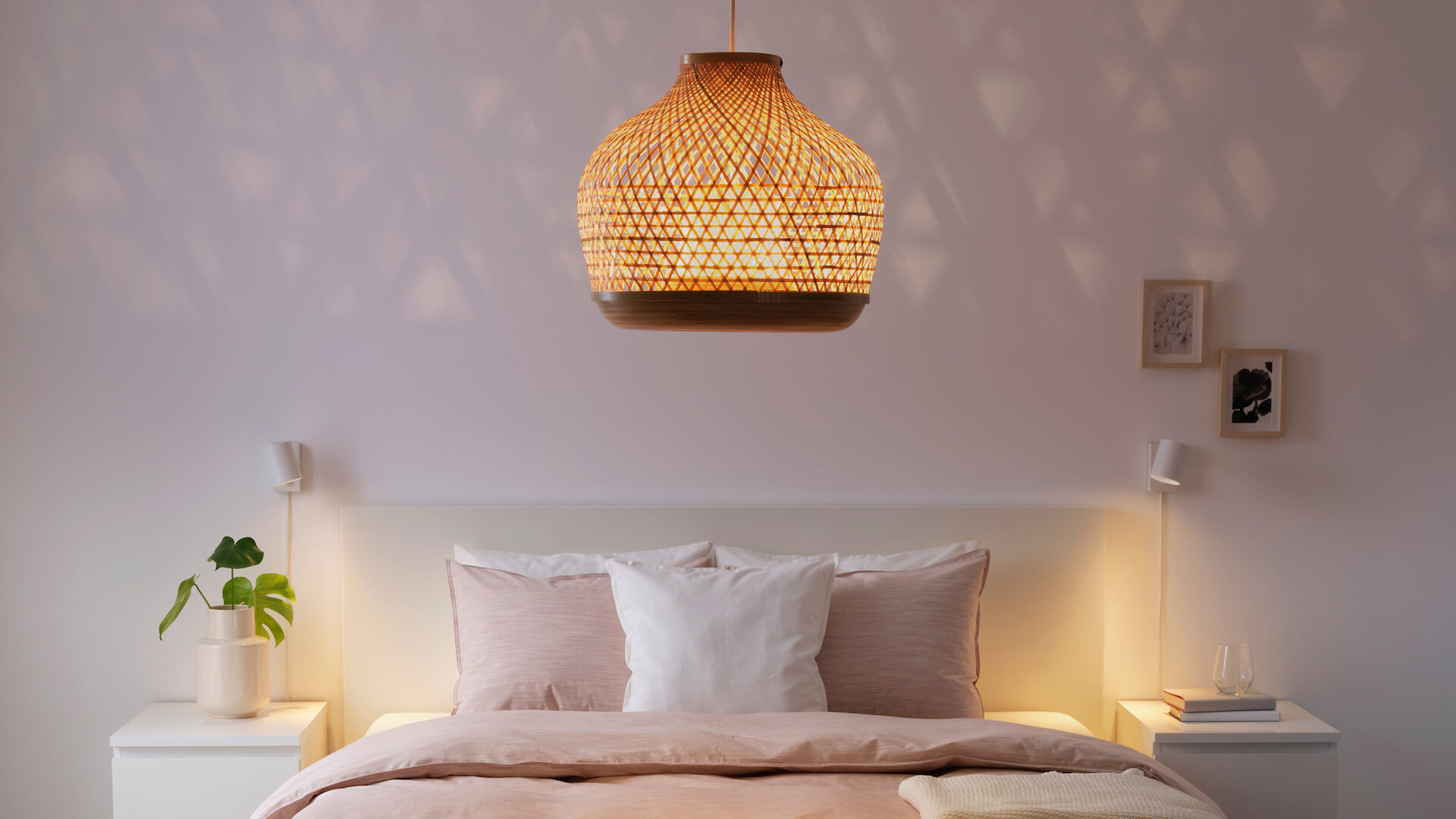

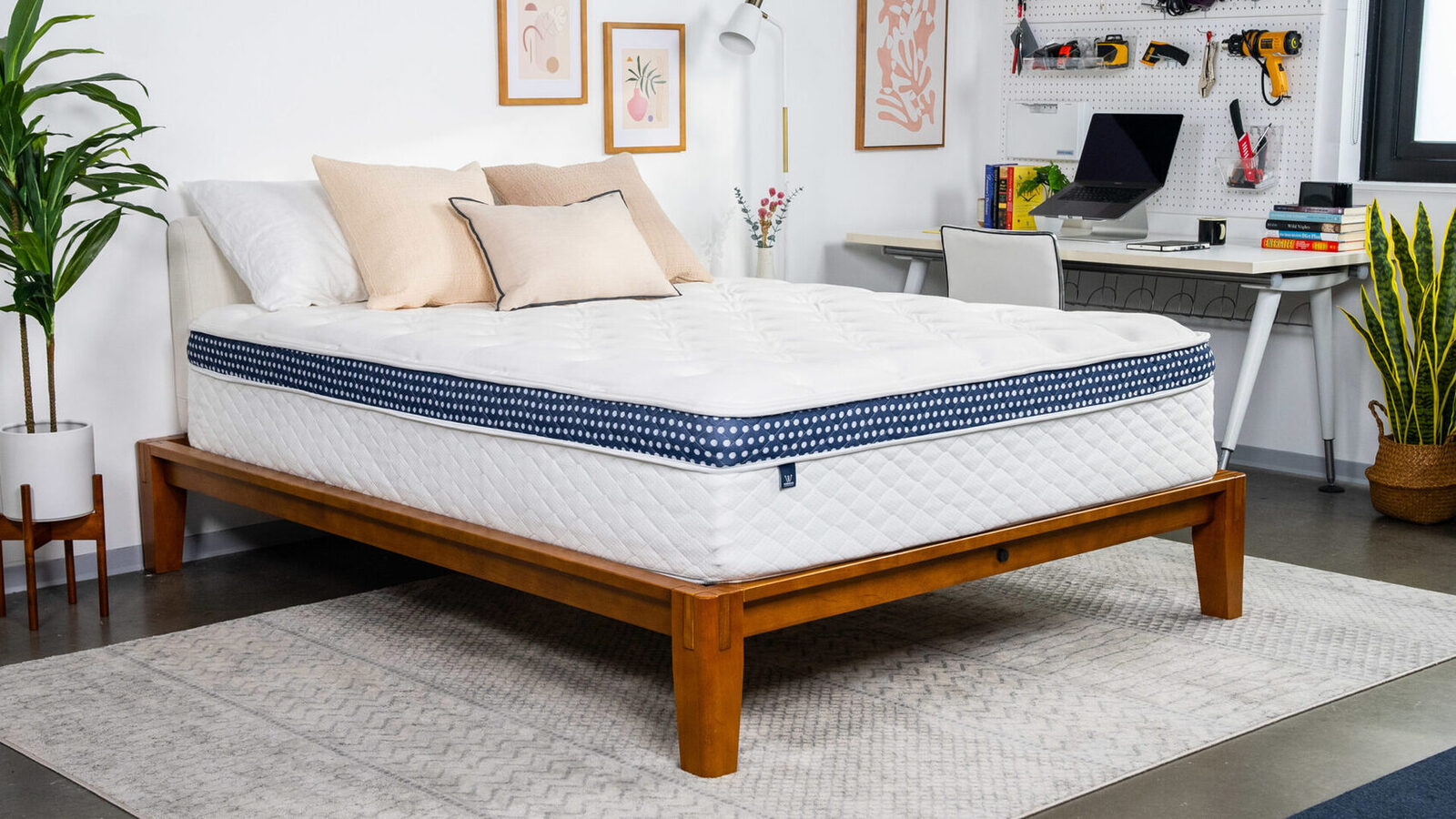
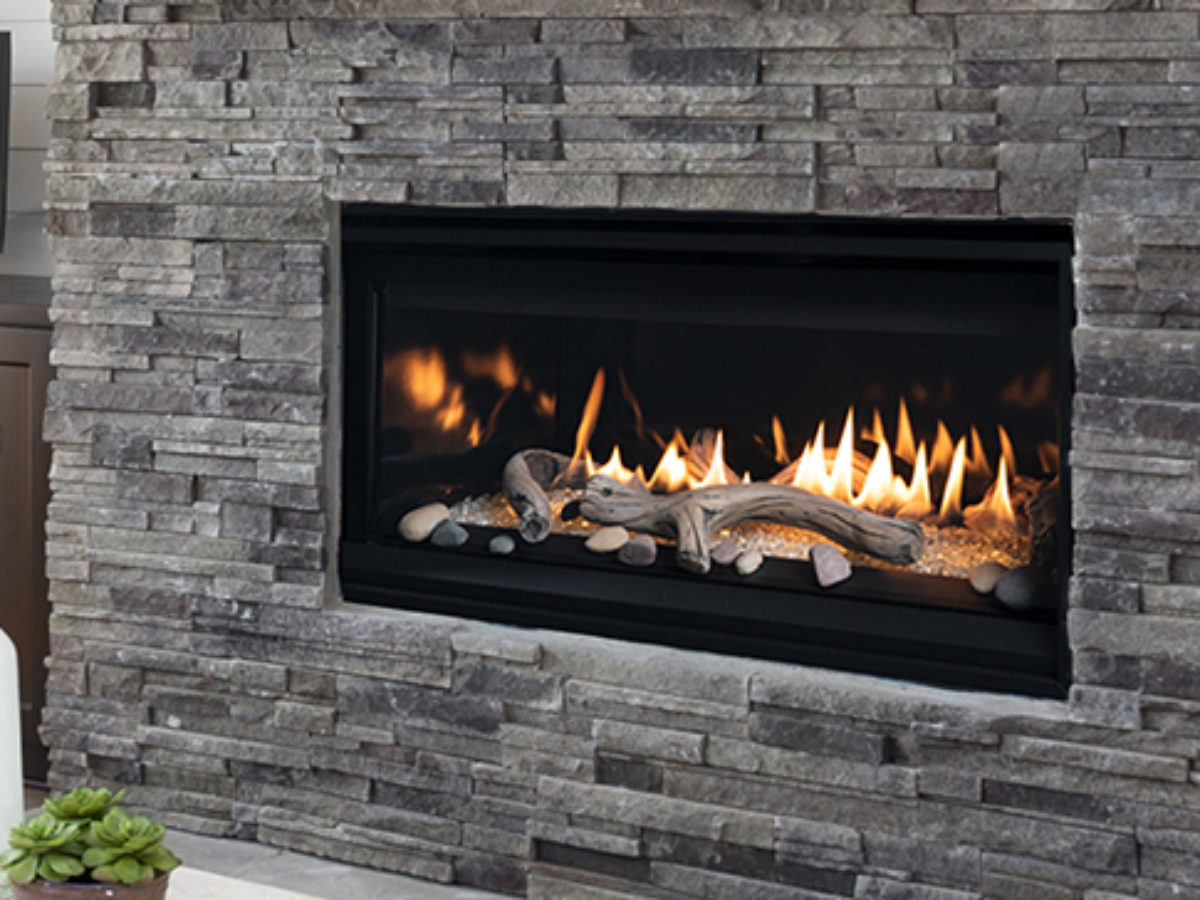

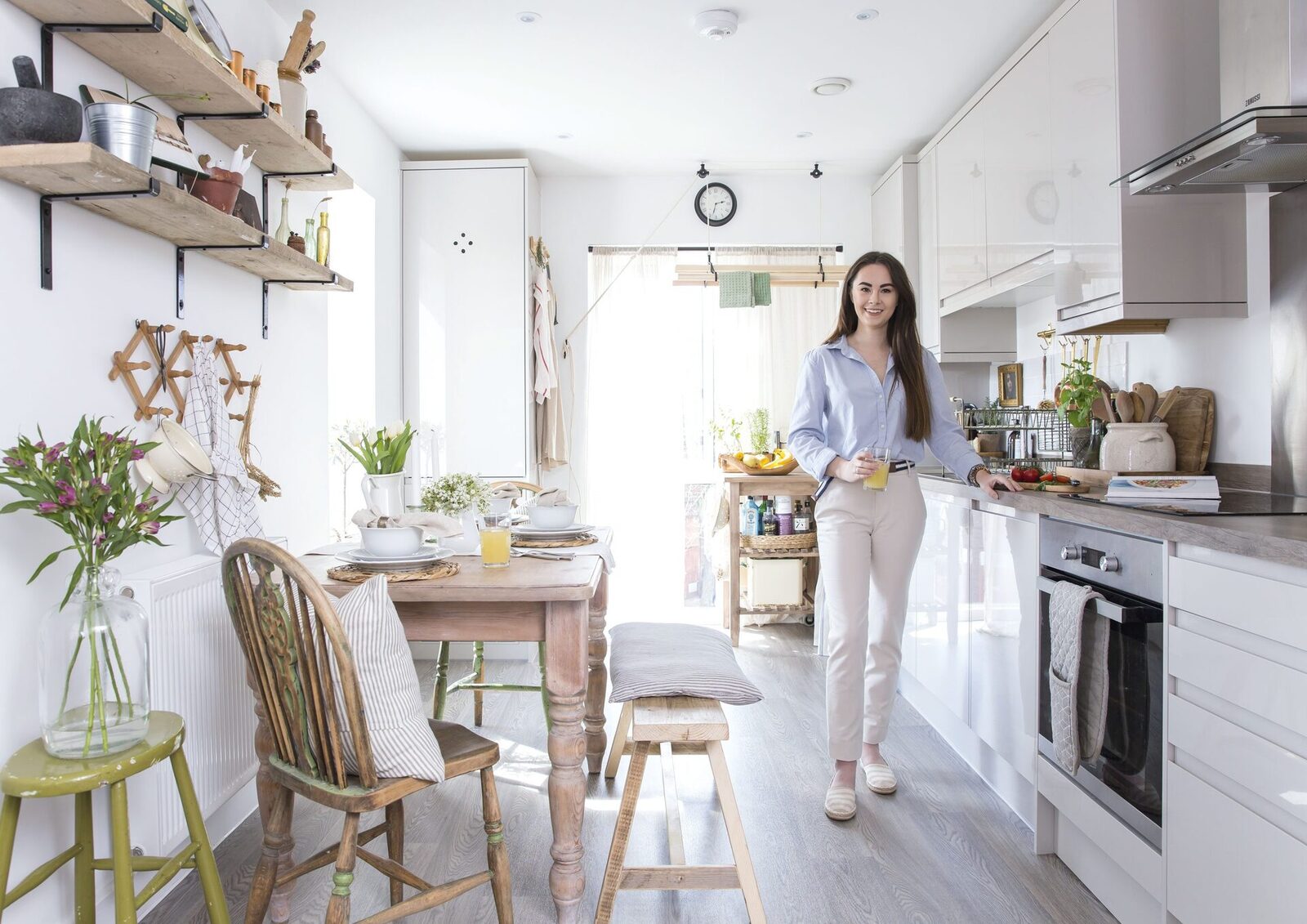


0 thoughts on “Expert Tips For A Well-Lit Home”